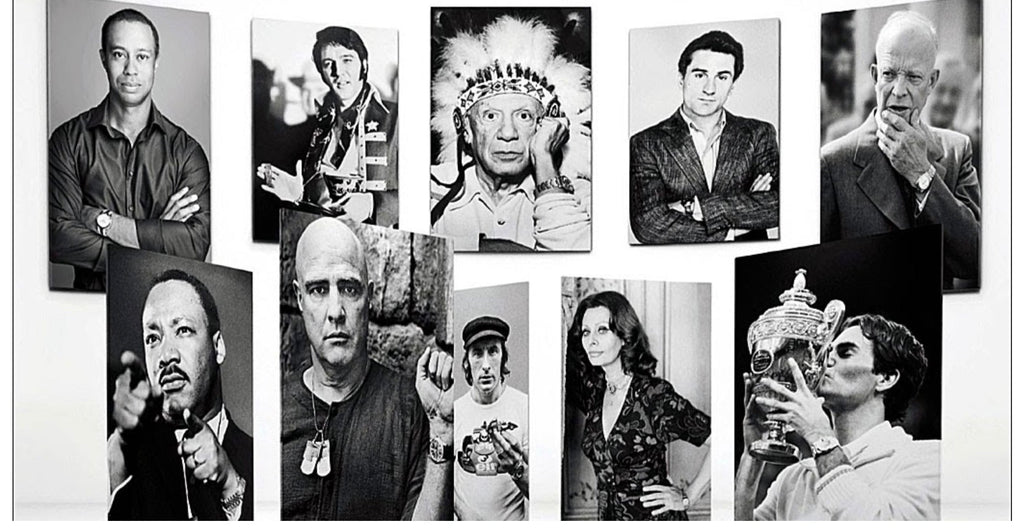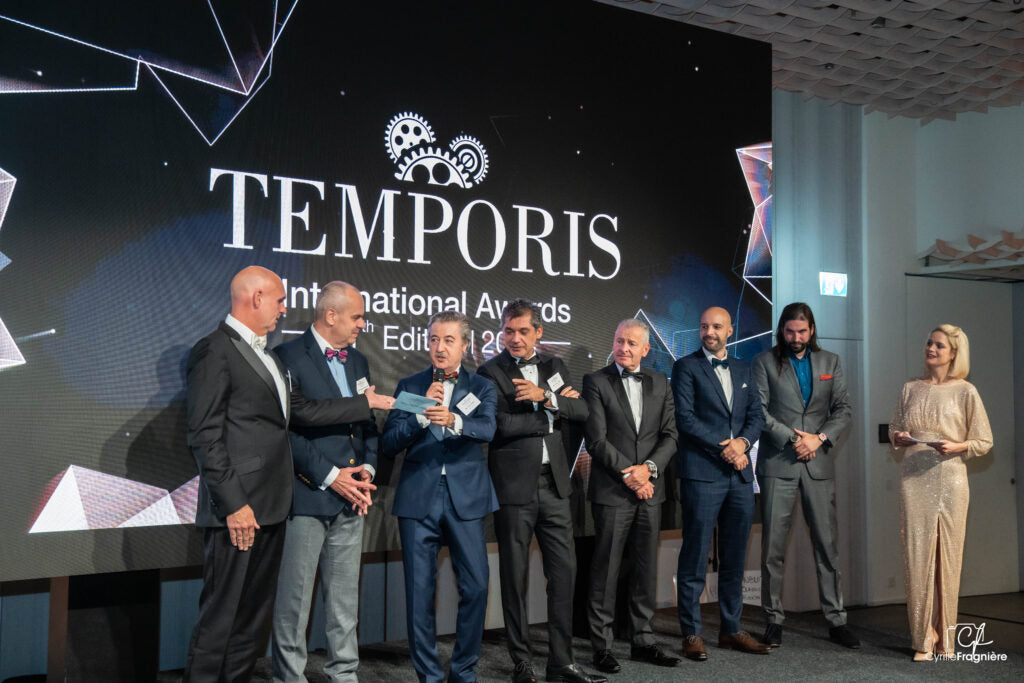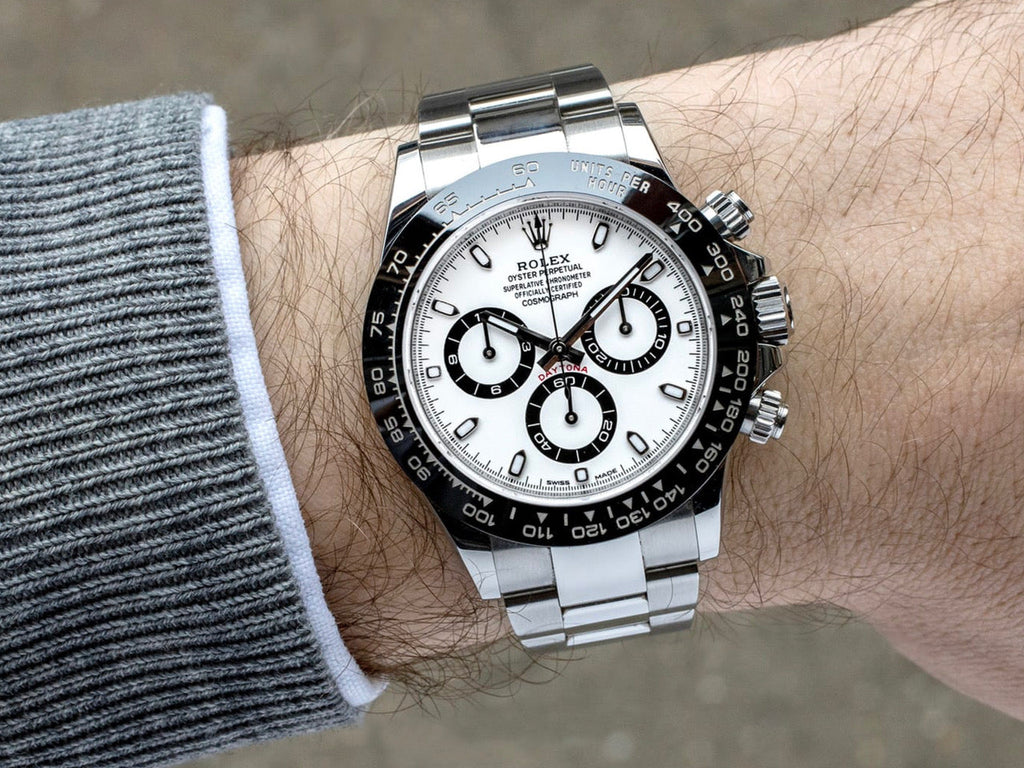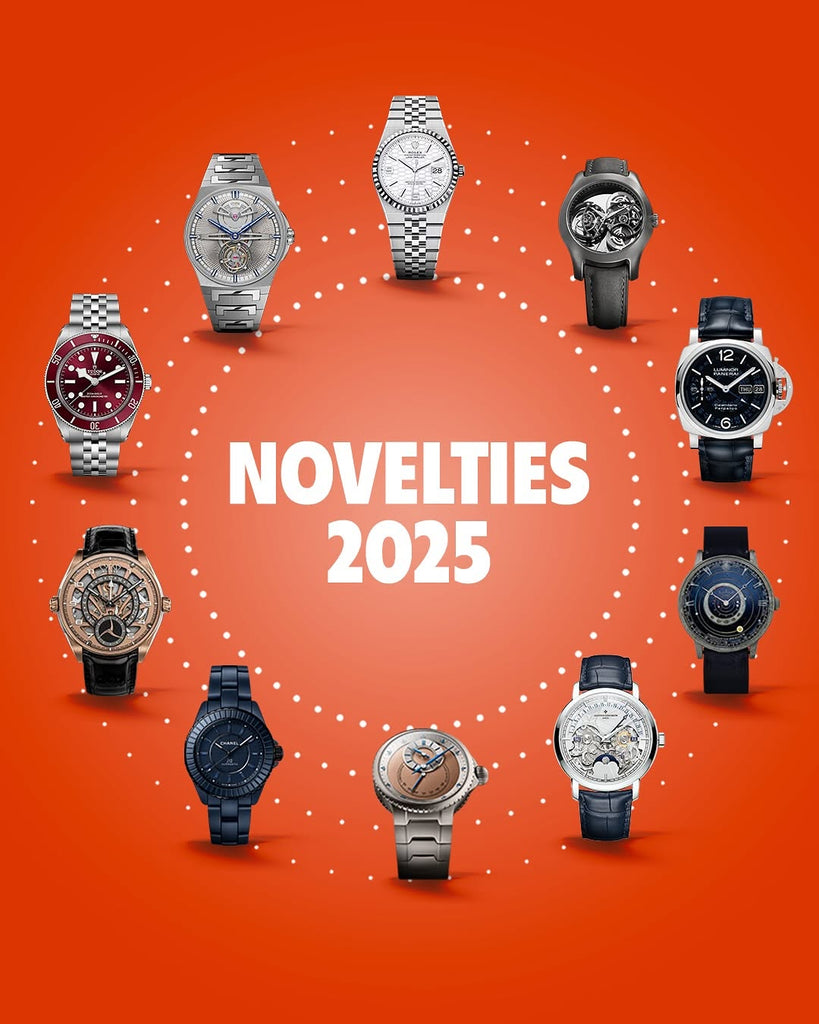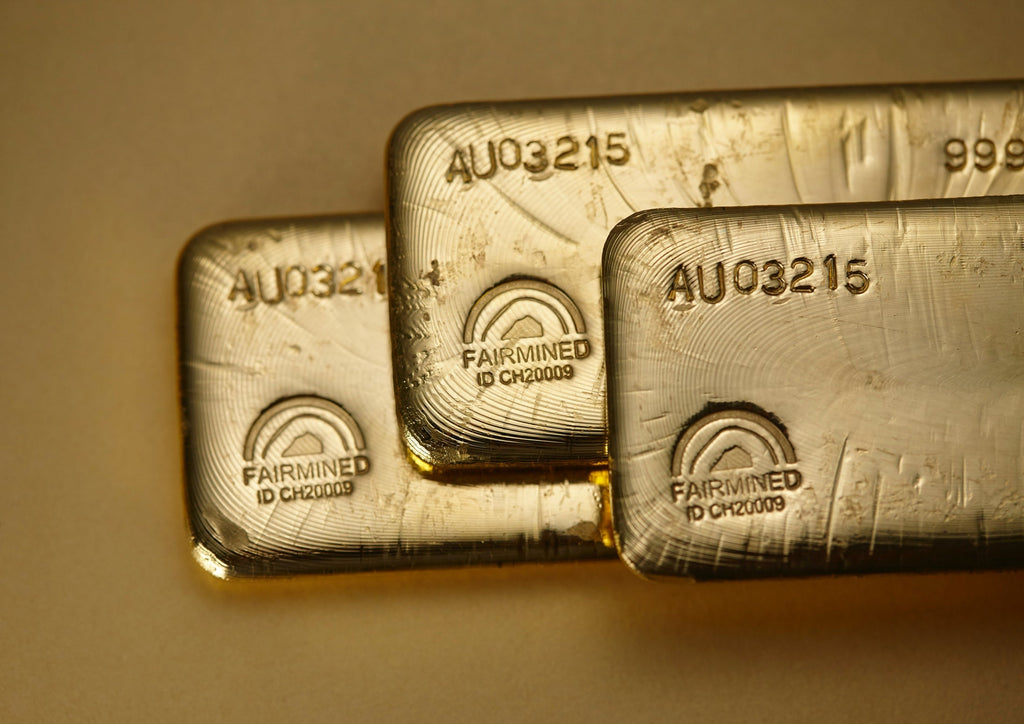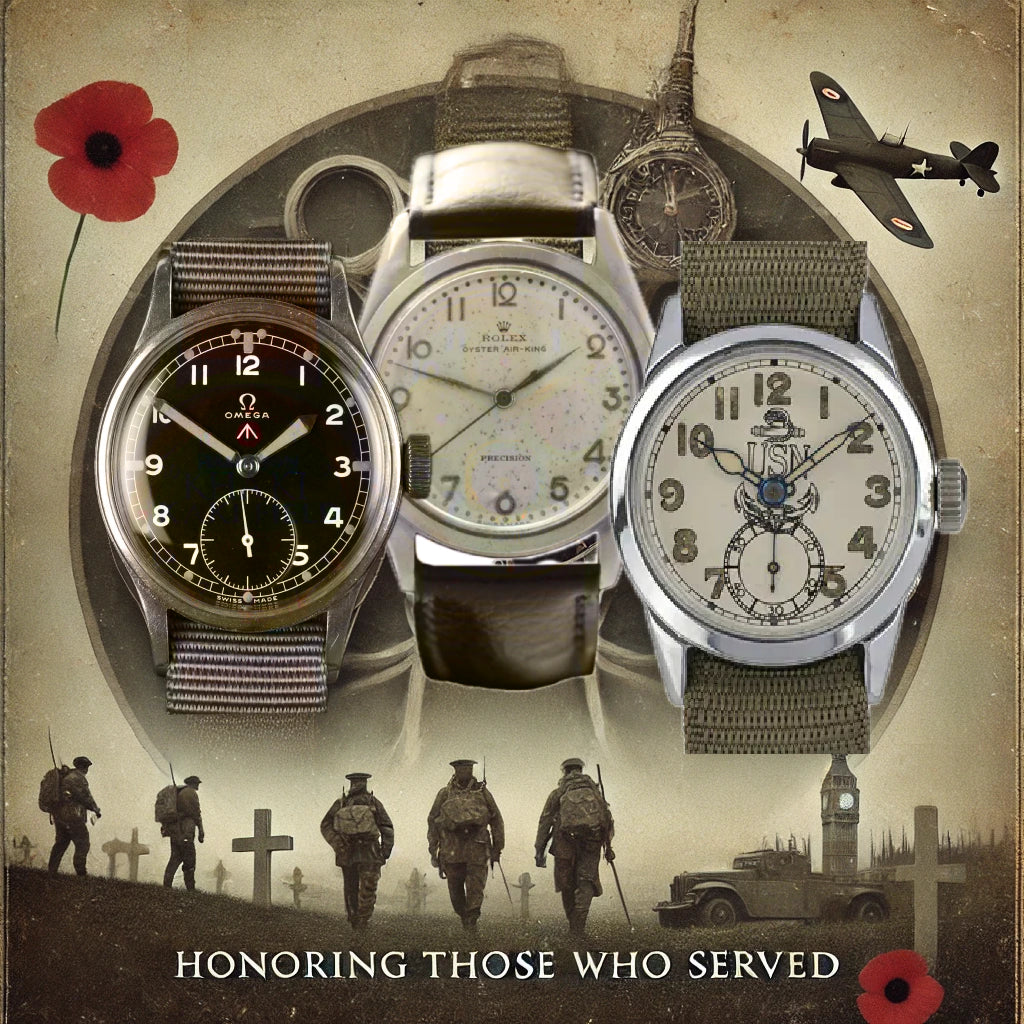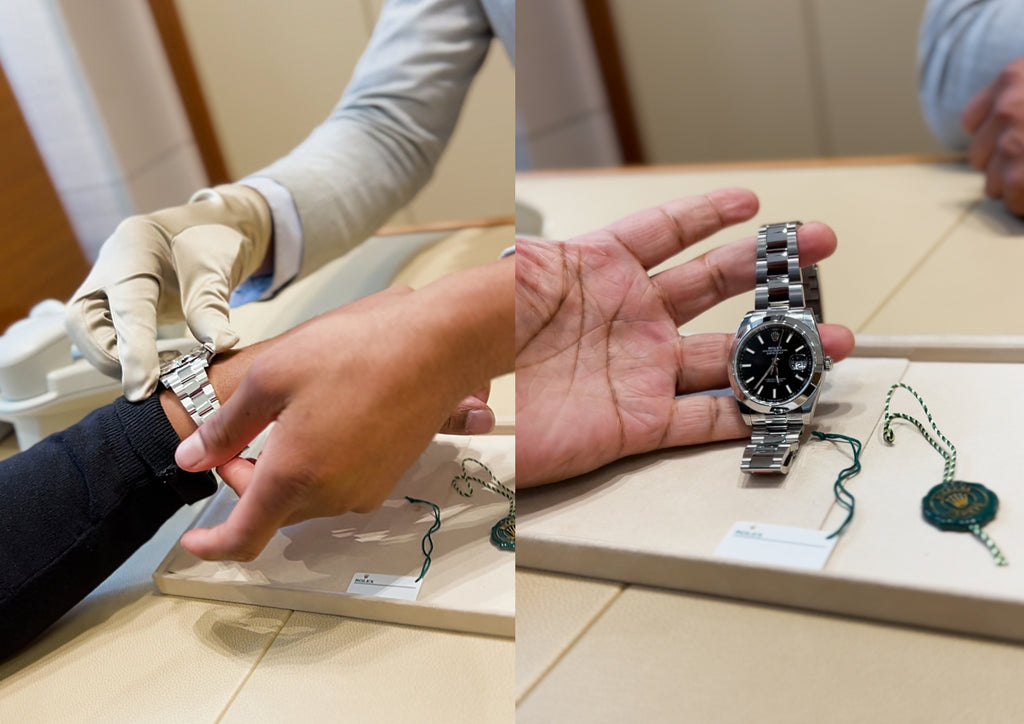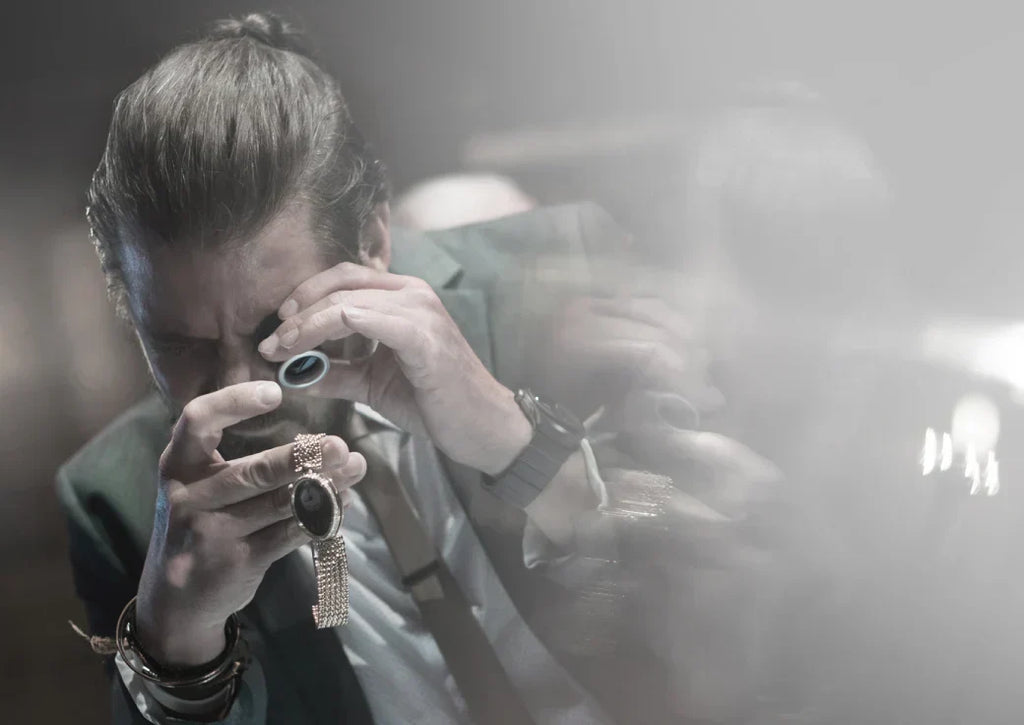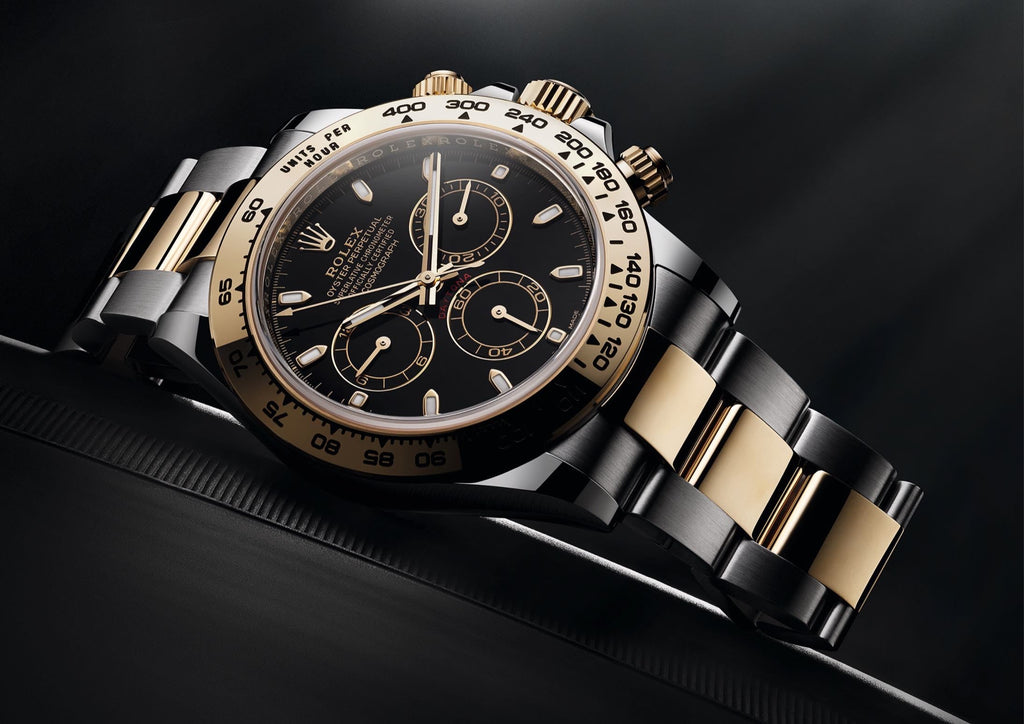Rolex is a renowned Swiss luxury watch brand that was founded in 1905 by Hans Wilsdorf and Alfred Davis. Over the years, Rolex has established a reputation as a symbol of luxury, quality, and precision. The brand is best known for producing iconic watches such as the Rolex Submariner, Rolex Daytona, and Rolex Datejust. Rolex watches are known for their attractive design, reliability, durability, and high resale value. They are a popular choice among watch enthusiasts, collectors, and celebrities alike. With its commitment to excellence, Rolex remains at the forefront of the luxury watch industry.
Rolex
Loading videos...
1905
Rolex is founded by Hans Wilsdorf and Alfred Davis
1910
The first Rolex watch receives the Swiss Certificate of Chronometric Precision
1926
The Oyster case is introduced, making Rolex the first waterproof watch
1931
Rolex introduces the Perpetual rotor, an automatic winding device for watches
1953
The Rolex Submariner is introduced, becoming the first dive watch
1954
The Rolex GMT-Master is released, designed for pilots and frequent flyers
1963
The Rolex Daytona is released, named after the famous Daytona Beach race track
2009
The Rolex Deepsea is released, designed for deep-sea diving
2025
Rolex celebrates its 120th anniversary as a leading luxury watch brand




